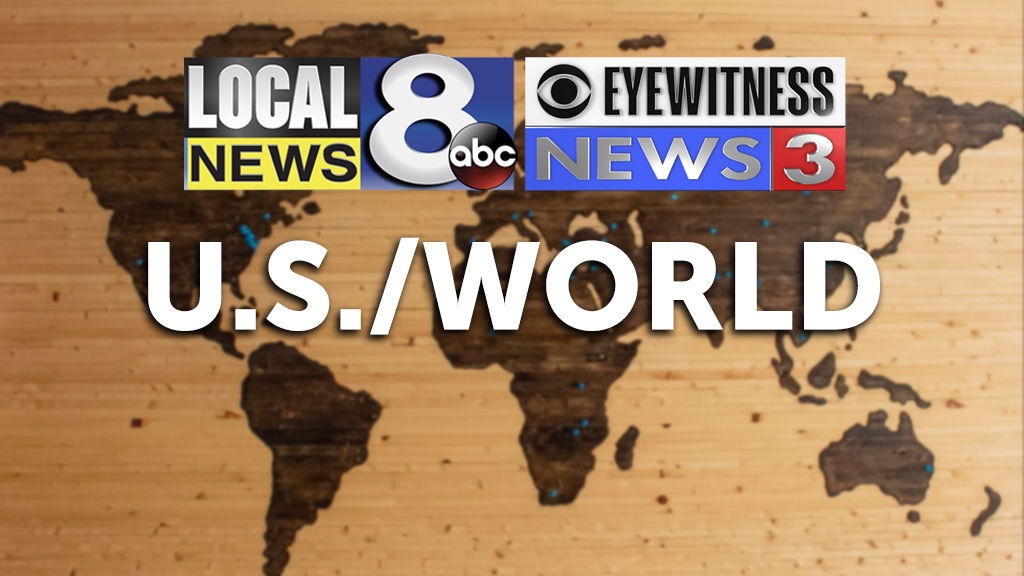Jesuits commit $100 million to the descendants of people the order once enslaved

In 1838, the Jesuits who ran Georgetown University sold 272 enslaved people to pay off the university’s debts.
Many of them baptized Catholic, they were bought by planters to work in sugar plantations in Louisiana. The transaction was one of the largest sales of human beings in US history.
Now, the Jesuit Conference of Canada and the US has pledged $100 million toward a $1 billion goal, funds that will be used in part to support descendants’ education.
The Jesuit Conference made the pledge through the Descendants Truth & Reconciliation Foundation, a collaboration between the Jesuits and the non-profit GU272, founded by descendants of those enslaved.
Joe Stewart, a business executive from Grand Rapids, Michigan, didn’t know his ancestors were among the people sold until he read about it in a 2016 article in The New York Times.
Almost five years on, Stewart and others have partnered with the Jesuits to fund a “billion-dollar vision” for the future — a nation cured of the “disease of racism,” he said.
“We weren’t looking for indemnification for the past,” Stewart, now the foundation’s acting president, told CNN. “We were looking to use the past to move into dismantling the legacy of slavery and mitigating the impact of racism in the future.”
The descendants and the Jesuits partnered
In the US, Jesuits found ways to justify slavery, which helped fund their missions, according to a recent paper in the Journal of Jesuit Studies. The Maryland Jesuits who headed Georgetown “routinely bought and sold people” in the 18th and 19th centuries before the 1838 sale.
To uncover more about the sale, Georgetown alumni created the Georgetown Memory Project in effort to identify those sold in the 1838 deal and their descendants. The project’s volunteers combed through documents and successfully identified around 200 people that had been sold. From there, they found close to 8,000 descendants, living and dead.
Stewart was among them. He’s one of many descendants of Isaac Hawkins, one of the first men listed on the 1838 sale record.
He said he was immediately compelled to learn more about his lineage, so he met with fellow descendants about two months after The New York Times’s Rachel Swarns published her first investigation on Georgetown University’s history of slavery. The descendants’ group penned a letter to the Superior General of the Society of Jesus, Arturo Sosa, who called on the Jesuits to start discussions with the descendants on what to do next.
Then, in 2017, Stewart invited the Rev. Tim Kesicki, president of the Jesuit Conference of Canada and the US, to visit his home in Battle Creek, Michigan. Kesicki, who that year apologized for the 1838 sale on behalf of Georgetown and the Jesuits, said the group of descendants have led the way.
“We didn’t know what to do in response to our sin of slaveholding, and the descendants said, ‘We can show you a way forward,'” Kesicki said. “With courage, we followed.”
The Descendants Truth & Reconciliation Foundation is the culmination of years of meetings, Stewart said. The foundation has three primary functions: To invest in descendants’ education throughout their lives; to fund programs and community leaders already engaged in anti-racism advocacy, and to support elderly descendants for the rest of their lives.
The descendants decided against individual payments, one concept of reparations. Instead, Stewart said, they wanted to raise funds to “dismantle the legacy of racism, of slavery, and mitigate the impact of racism.”
“Until we accomplish that, no payment is going to change hate,” he said.
Thinking beyond $1 billion
Though the foundation debuted just this week, the Jesuits have already committed $15 million toward their $100 million pledge, Kesicki said. He hopes “all who have benefited from the history of slavery will feel called” to donate, too.
The $1 billion, when it’s raised, will be distributed in $50 million increments every year, Stewart said. But the $1 billion is just a start, as is the foundation itself.
“This has never been totally about Georgetown, in spite of them being official beneficiaries of the sale,” Stewart said. “This is about healing a nation and uplifting those who have been so disadvantaged by the institution of slavery.”
Stewart said the foundation’s goals don’t stop at the descendants of the 272 enslaved people the Jesuits sold for their school. Though he said he doesn’t “expect to see much from this” during his lifetime, he hopes the foundation’s advocacy will begin to breakdown the influence of anti-Black racism in the US.
